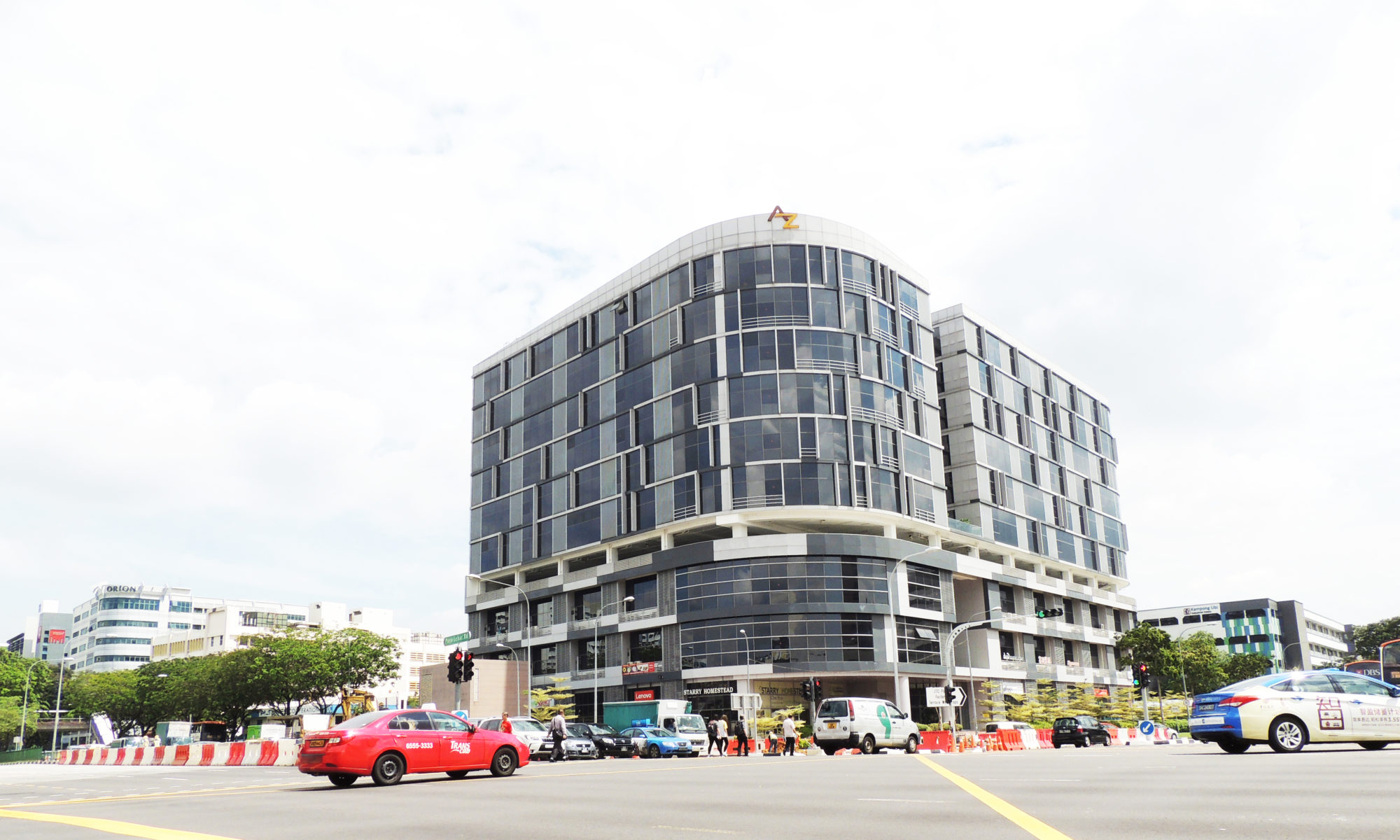Previously under FRS 18 illustrative example, when the buyer is acting, in substance, as an agent, the sale is treated as a consignment sale.
Under FRS 115, this determination is based on whether control of the inventory has passed to the consignee upon delivery.
Indicators that an arrangement is a consignment arrangement include, but are not limited to, the following:
(a) the product is controlled by the entity until a specified event occurs, such as the sale of the product to a customer of the dealer or until a specified period expires;
(b) the entity is able to require the return of the product or transfer the product to a third party (such as another dealer); and
(c) the dealer does not have an unconditional obligation to pay for the product (although it might be required to pay a deposit). Continue reading “FRS 115 – Specific area: Consignment Arrangements”
